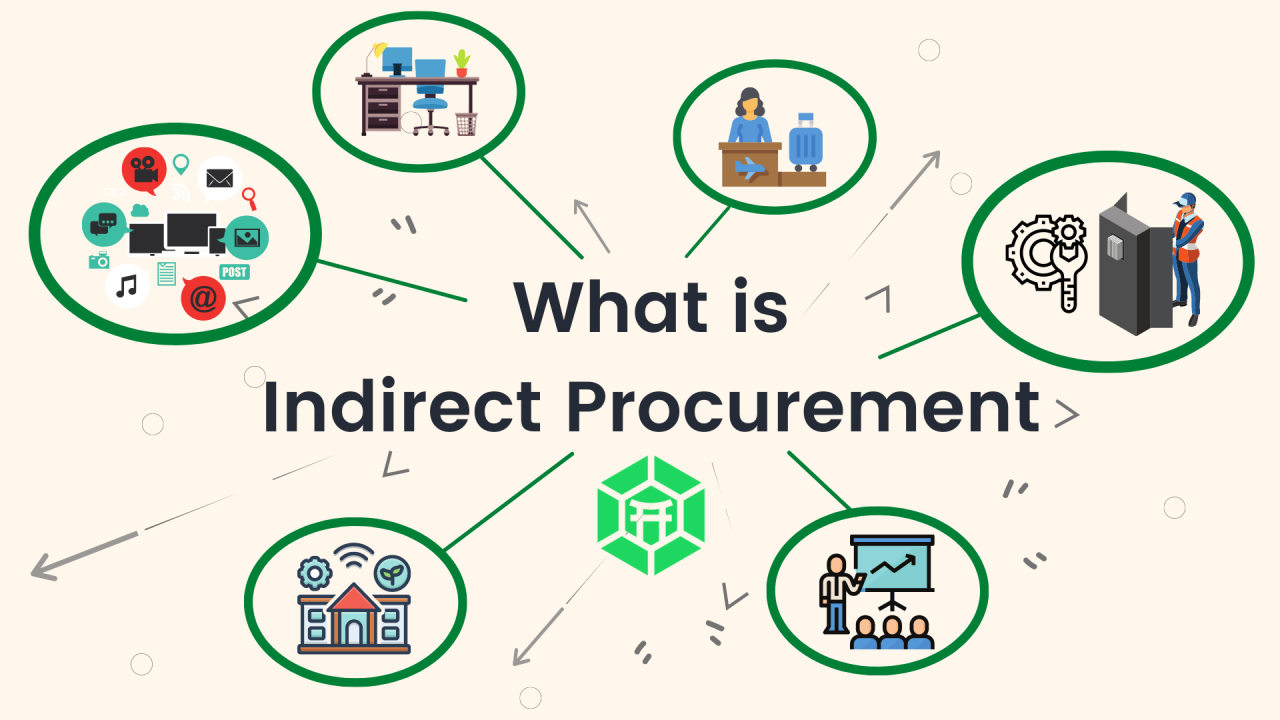Deciding to import from China is not a choice made lightly. Importers face a variety of factors to consider and extensive research when contemplating a shift in their supply chain to China. A key question often arises: What is the most effective way to purchase from China? The answer largely hinges on your unique requirements, with two primary sourcing methods to explore: Indirect Sourcing and Direct Sourcing.

Indirect Sourcing
Indirect sourcing involves purchasing goods from China via a third party, such as a trading company or importer. This approach typically revolves around off-the-shelf products rather than custom items. While the costs may be higher, it carries lower risk and allows for easier cash flow management.
Direct Sourcing
In contrast, direct sourcing means engaging directly with manufacturers in China. This route often yields the lowest initial costs yet comes with heightened risks that can strain cash flow. Effective risk management is crucial, and many importers opt to work with third-party representatives on-site, such as sourcing agents or full-service providers, to navigate this process more efficiently.
To determine which option aligns best with your needs and to maximize value from your supply chain, consider the following factors:
Price: Direct sourcing typically offers the lowest costs.
Quality: While quality can vary, it’s easier to monitor with indirect sourcing.
Volume: Indirect sourcing often allows for lower Minimum Order Quantities (MOQs).
Customization: Unique products necessitate direct sourcing, whereas labeling can be managed through indirect sourcing.
Convenience: Indirect sourcing is generally more convenient, although this convenience comes at a higher price.
Types of Indirect Sourcing:
Trading Companies are product specialists that purchase in bulk from manufacturers and resell to importers. This method is low-risk, relatively cost-effective, and convenient, especially if you work with a reputable supplier. Companies that order large volumes of existing products without customization will find indirect sourcing advantageous.
Distributors/Wholesalers also serve as product specialists who procure goods directly from manufacturers, handling much of the sourcing process. By the time the products reach you, they’re already in a warehouse in Australia is typically limited, but this option offers significant convenience.
Managing Your Supply Chain Directly:
With an In-House China Office: This setup provides maximum transparency and control but demands a higher investment of time and financial resources. A dedicated sourcing team in a satellite office in China is beneficial for larger companies that import upwards of $5 million annually.
Without a China Office: It is feasible to oversee a supply chain from the U.S. but requires communication during Chinese business hours for meetings and quality assurance. Occasional travel to meet suppliers may also be necessary. Importers often explore various strategies, including:
Hiring an Australian based employee fluent in Mandarin and knowledgeable about Chinese culture.
Employing a China-based worker who speaks English and understands Western culture.
Working with a commission-based China agent.
Alternatively, partnering with a China sourcing company can offer the advantages of a dedicated sourcing office without the corresponding overhead and management challenges.
Each sourcing method presents distinct advantages and challenges, and the optimal choice depends on the individual importer’s needs and priorities.
